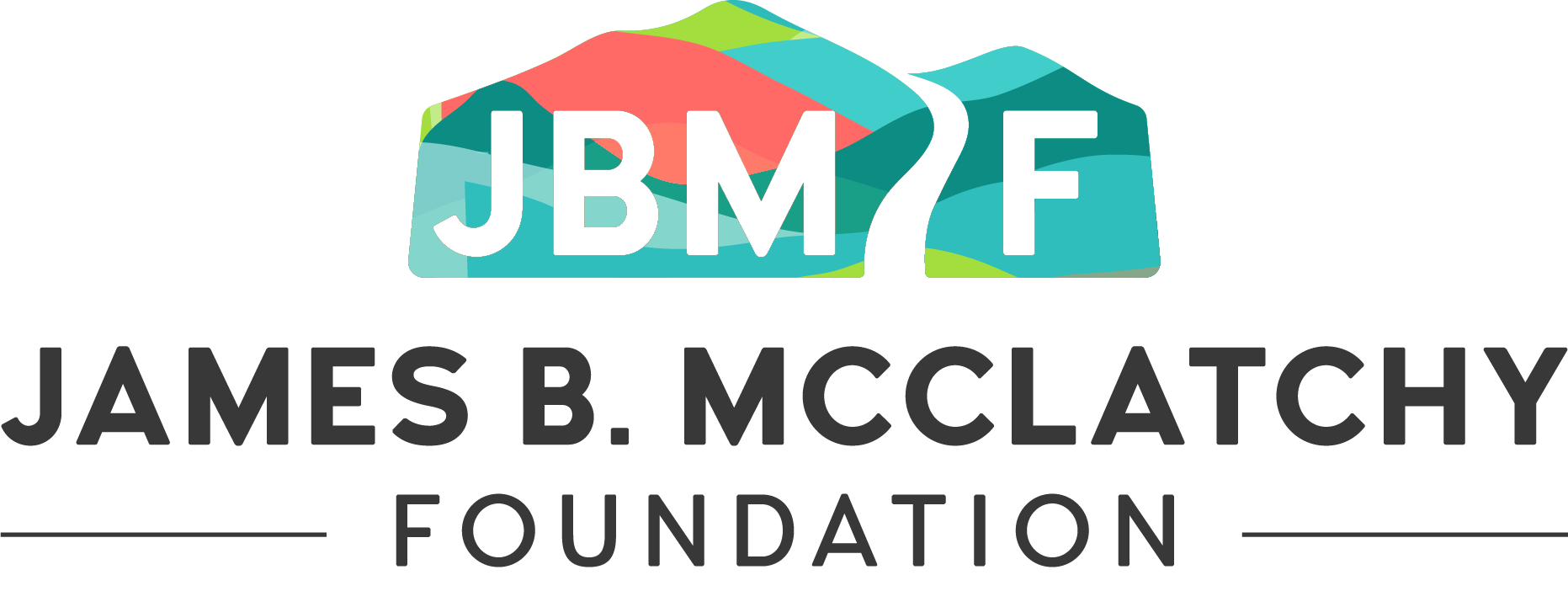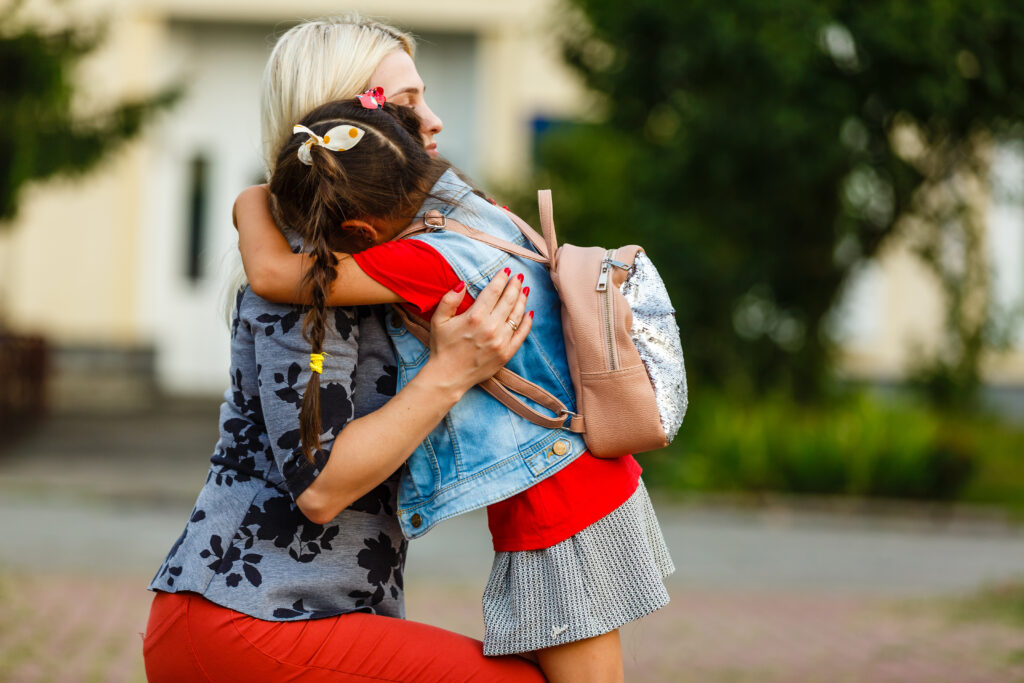The Daily Heroism of Central Valley Educators and Crossing the Finish Line Together
By Heather Bernikoff, Program Officer for Education, James B. McClatchy Foundation
At JBMF, we love working with people driven to make positive change in their communities. It is a tremendous privilege to be a partner with educational entities and witness their progress toward a more equitable education system. We aim to create trusting relationships and have a deep appreciation for their commitment to Multilingual Learner children.
While the pandemic has required many of us to make sacrifices and spotlighted the previously unseen daily heroism of essential workers, it has been a particularly brutal, twisting road for our colleagues in schools, school districts and County Offices of Education who have the additional responsibility of protecting our children as they educate them. Reopening has not gone as smoothly as all hoped. The education sector is navigating historic change, trying to innovate their service model and be responsive to the massive public investment, including the herculean shift of 4-year olds to Universal Transitional Kindergarten – all of this in the context of pandemic, drought, choking smoke from wildfires, staffing shortage and acrimonious community division. Yet…these professionals still show up. Even as there has been a significant increase in the number of retirements and individuals who have quit education, most have stayed. They are reliable; they work long hours, and they try to make a difference for all children, especially those at the margins. Below are some stories we are hearing from the field in the Central Valley that will illustrate this commitment:
- A principal of a rural school, after working more than a full day, receives a mental health alert at 10pm that a student posted concerning statements on social media and has to act quickly to ensure the student’s safety.
- During a recent convening on equity, an entire team from a small school district had to leave to address a positive COVID-19 test at one of their schools since they not only provide curriculum leadership and administration, but are the COVID response team for the district.
- In most districts, it is “all hands on deck” due to the staffing shortage with superintendents acting as yard duty, classroom substitutes, and bus drivers. Everyone is working long hours trying to make it work.
- An administrator from a County Office of Education said, “There are too many requirements, too many plans. The stress and anxiety are palpable. It is hard to plan forward. We thought we would be in recovery by now, but we are not.”
And, a teacher said,
“We are teaching through trauma.”
In September, an EducationWeek article stated that 16% of teachers nationwide think about quitting every day. In California, the Sacramento Bee reported a 26% increase in teacher retirements, with most citing pandemic teaching pressures and personal health risks as reasons for exiting. The National Institutes of Health just released sobering data on the approximately 140,000 children nationwide that have lost a parent or caregiver due to the pandemic. Not surprisingly, children of color were between 2 and 4.5 times more likely to have lost a parent or caregiver than White children. Specifically, the ratios are 1 of every 168 American Indian/Alaska Native children, 1 of every 310 Black children, 1 of every 412 Hispanic children, 1 of every 612 Asian children, and 1 of every 753 White children. The disparity is shocking. As such, the level of trauma and need for support from educators is exponentially increased for children of color. With a large multilingual learner population here in the Central Valley, educators, in partnership with their communities, will need to accelerate their work to identify, acknowledge and provide services through a trauma informed lens. As one Valley teacher shared with a group, “I have students walking up to my desk and crying uncontrollably. I don’t know what to do.”
Indeed, our children’s mental health, like their academic performance, was not doing well prior to the pandemic. From 2012 to 2019, there was a 42% increase in the number of 13 to 21 year old young people seeking help from Emergency Departments in California for mental health issues (US News and World Report). And, as a KFF brief states, over one third of parents report worsening mental health of their children, and surveys show an increase of stress among parents. Children of color, including Multilingual Learners, are at even greater risk due to a lack of access to the already limited professional mental health services. Isolation, uncertainty and overall stress are key drivers of poor outcomes, of any category, for all of us. We are all experiencing some level of pain.
October 10 was World Mental Health Awareness Day – a good time to reflect that we are not alone in this crisis. We are all struggling, and through empathy, our struggle need not be a lonely one. Whether a child, youth or adult, we have the same needs for love, stability, respect and kindness – and we have agency to design and then follow a path for a better tomorrow. Governor Newsom has signed several bills making historic investments in California, many of which connect to addressing and improving mental health. This includes improved broadband infrastructure, which can broaden access to health providers in addition to classes, and tackling the workforce shortage, which, over time, will fill open positions taking some of the load off a beleaguered, but committed, group of professionals. It also includes protection of journalists and investments in research, two crucial ways we are able to learn about our world, a specific topic and what can possibly be done to improve things. Life is what it is, but we control how we respond – how we choose to live.
Although the Foundation is sunsetting, returning wealth back to the Central Valley where it was gained, our goal is to be a reliable partner.
Reliability. Safety. Trustworthiness. Loving relationships. These are all antidotes to trauma.
JBMF stands with the people of the Central Valley. Let us all cry, laugh, grieve and celebrate together, and let’s widen the path for a better tomorrow – but let us all remain together, side-by-side, in support of one another, for always.
Author, Heather Bernikoff, is JBMF’s Program Officer for Education. Contact Heather.




